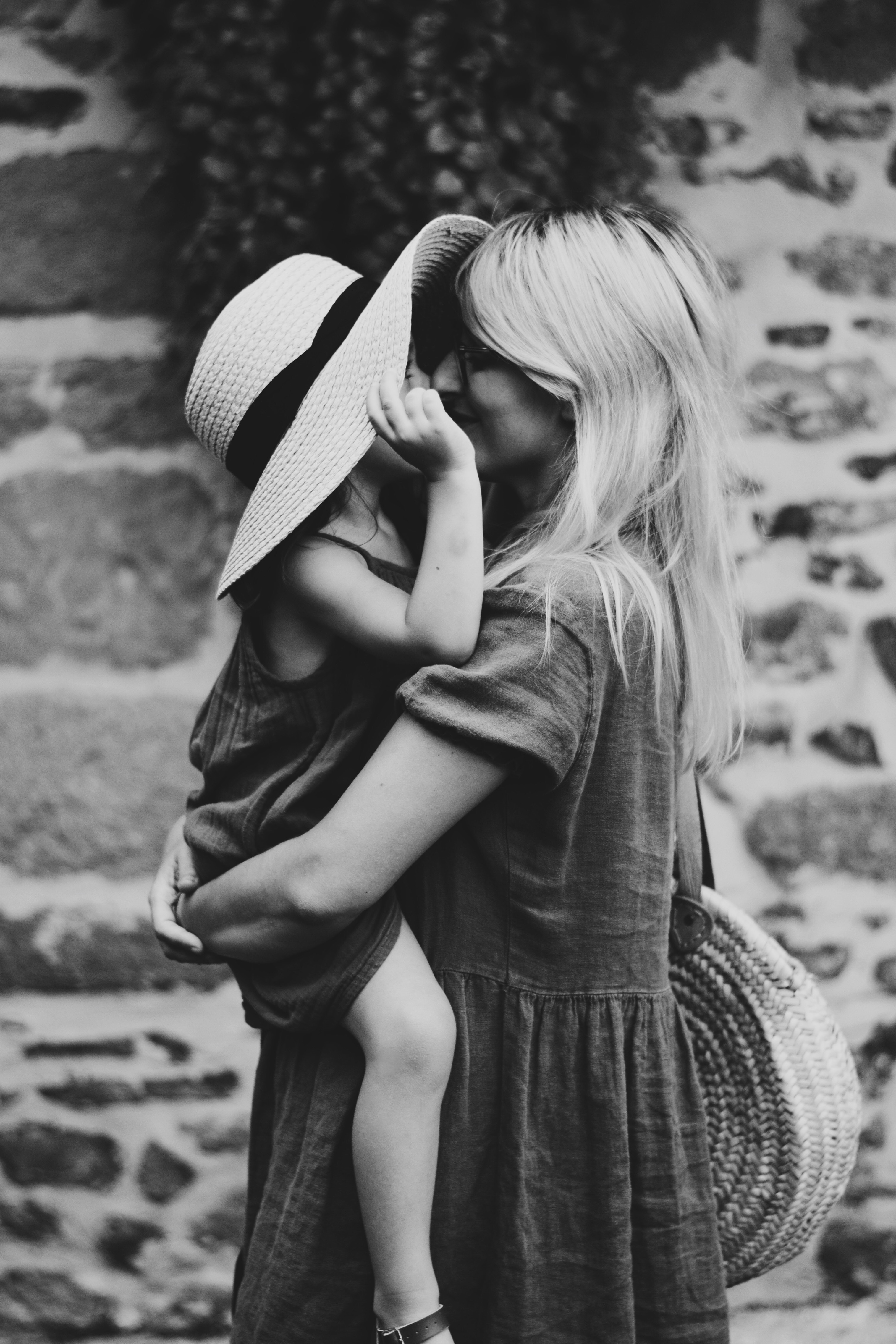
Nothing is more powerful than remembering all the “good things” in our life to counteract the distressing feelings that seek to creep in during these very challenging times.
As we approach Thanksgiving, this can be a time to pause and reflect on the good things that are happening all around us. Clearly being mindful of and holding these things within us, letting them sink in and take root is a welcome balm to sooth and reassure us we are going to be ok.
We can use this time as a reboot to begin to see the good that gets lost among all the hard parts we are going through right now. This upcoming season is known for the light that comes through during the darkest part of the year. Gratitude can pave the way.
Consider starting a regular “gratitude practice”. There are many ways to do this. I am offering some examples to get you thinking as to you creating your own unique practice.

Starting a Gratitude Practice
- Dinner Gratitude Ritual – We can start this during this Thanksgiving Time or anytime we so desire. Having a nightly dinner ritual were we all let our family know what we are grateful or thankful or happy for that happened that day. Even if you live by yourself you can take note of the good that has occurred. What a lovely way to end of the day.
- Blessing Jar or Happy Jar – This can be named in whatever way is a fit for you personally or for your family. It can be done just for yourself or for your family. This can be set up to be done spontaneously or can be done in a routine, set time. Some families like to do this during their weekly family meeting or Sunday meal together. You can experiment and see what fits best. Very simply have paper and pen next to a jar. I like to use mason jars and start with a new one each year, labeling what year it is. Of course, one could use a box or any other container. You or your family could decorate the outside of the container to personalize it if you would like. Or it could just be a simple jar with the year marked on the lid. Having a time when you review all your blessing each year is a nice way to end the year, reflecting on all the good that has occurred.
- Gratitude Journal – This is normally done individually. But could be a family one as well. Most folks who do these will write down 3-5 things or as many as they like of what they feel grateful or thankful for that day. These can be very simple things. In fact remembering to notice these small things can really increase our good feelings. Some people will date their entry. Before going to bed is a great time to do this activity, letting all the good things sink in from the day.
- Notes of Gratitude to Others – This is taking your gratitude practice to another level. When we share our gratitude with others it can feel so good to see how we have uplifted another person. It is a very special gift you have given. This of course can be done verbally as well. Sharing compliments and encouragement with our own family is so very important.
- Gratitude Affirmations – You can collect or make up these affirmations of gratitude and thankfulness. Saying them at the beginning and / or end of the day or spontaneously when you feel you need them can help to rewire your brain to see more of the good. And isn’t this what we all want – to feel good.
Expressing gratitude for the good things in your life will lead to more good things. When we focus on the good, we find more good coming into our life. I wish you the very best as you begin your own gratitude practice.


















